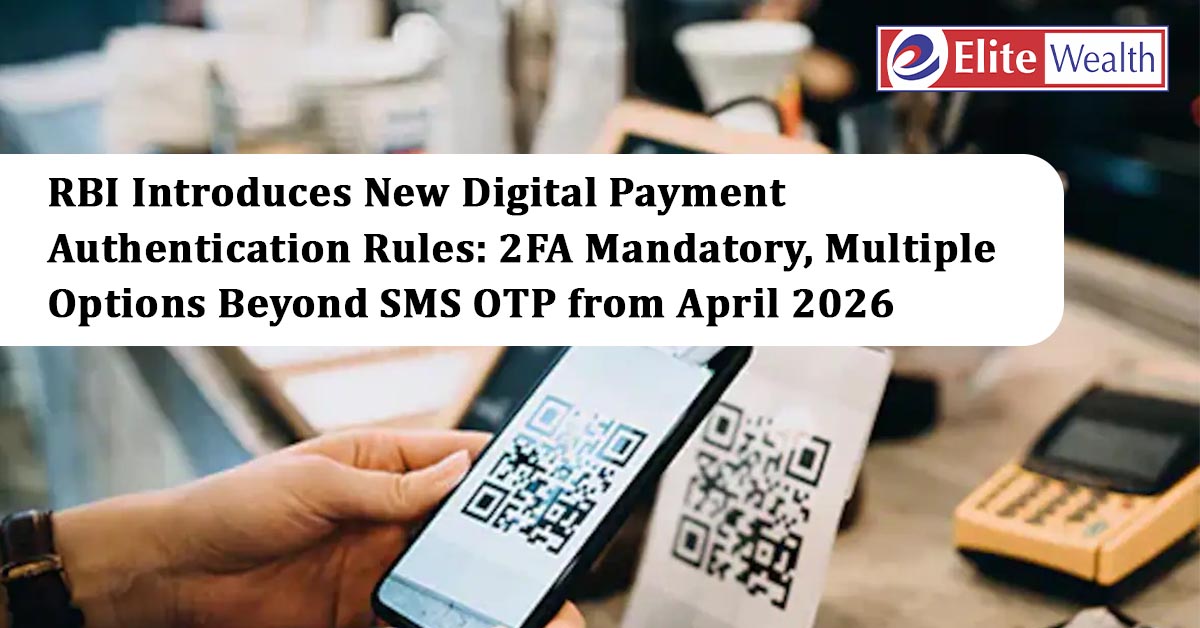
The Reserve Bank of India (RBI) has unveiled the Authentication Mechanisms for Digital Payment Transactions Directions, 2025, setting a new framework for securing digital payments. The regulations mandate two-factor authentication (2FA) for all digital transactions while allowing banks, payment operators, and fintech firms to adopt multiple authentication methods beyond the traditional SMS OTP.
New Authentication Framework
Under the new rules, the two factors of authentication must come from any two of these three categories:
- Something the user knows – passwords, passphrases, or PINs
- Something the user has – hardware tokens, software tokens, or cards
- Something the user is – biometrics such as fingerprints, facial recognition, or Aadhaar-based verification
Importantly, at least one factor must be dynamic and transaction-specific, ensuring that each payment is uniquely validated.
Why the Change?
India is among the few countries where 2FA is mandatory for digital transactions. Historically, SMS OTP has been the most widely used method. With rising digital fraud and evolving technology, the RBI aims to offer more secure, flexible, and user-friendly alternatives. The proposal was first introduced in February 2024, providing the payments industry ample time to adapt.
Risk Management and Security
The RBI emphasizes that authentication systems must remain resilient, ensuring that the compromise of one factor does not weaken overall security. Financial institutions may also incorporate contextual and behavioural checks, such as:
- Transaction location and device details
- User behaviour patterns
- Historical transaction profiles
In the event of fraudulent transactions not compliant with these rules, issuers will be liable to fully compensate customers.
Implications for Users
- More options for authentication beyond SMS OTP
- Enhanced security through dynamic and multi-layered checks
- Improved convenience, with alternatives like biometrics or token-based methods
Summary:
From April 2026, India’s digital payment ecosystem will transition to a more flexible yet secure authentication framework. While SMS OTP remains an option, the inclusion of passwords, tokens, and biometrics is expected to make digital transactions safer, faster, and more user-friendly.
Disclaimer:
This article is intended solely for educational and informational purposes. The securities or companies mentioned are provided as examples and should not be considered as recommendations. Nothing contained herein constitutes personal financial advice or investment recommendations. Readers are advised to conduct their own research and consult a qualified financial advisor before making any investment decisions.
Investments in securities markets are subject to market risks. Please read all related documents carefully before investing.
